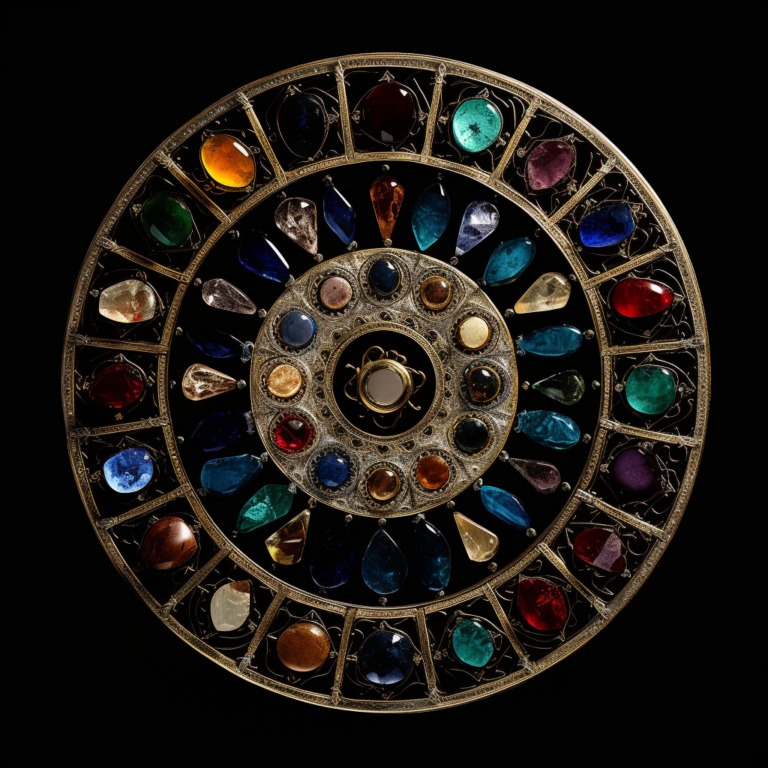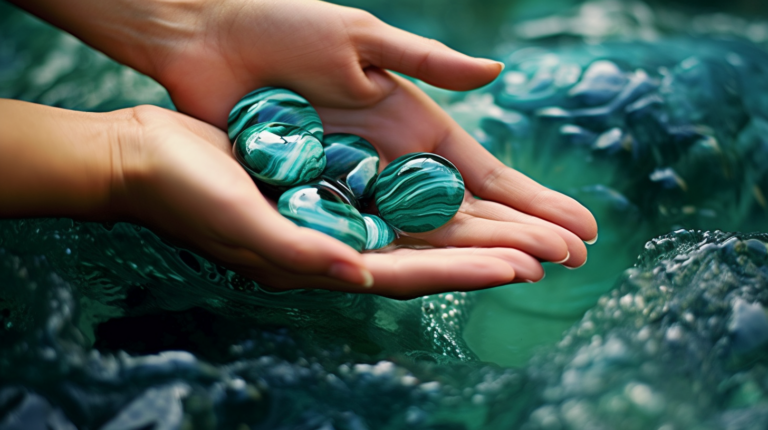Unveiling the Spectrum: Exploring Alternative Birthstones for February
Have you ever wondered if there’s more to your birthstone than you thought? If you were born in February, you are likely familiar with your birthstone, the Amethyst. However, a whole spectrum of alternative birthstones is waiting to be discovered.
Birthstones carry significance that transcends their beauty. They bridge us to our birth month, offering a unique identity and personal charm. For February babies, Amethyst is the usual go-to gem, known for its stunning purple hues and its symbolic association with stability, peace, and bravery. But what if you fancy stepping off the well-beaten path and exploring different stones? Well, there’s good news for you!
Table of Contents
The Richness of Tradition: Traditional February Birthstones
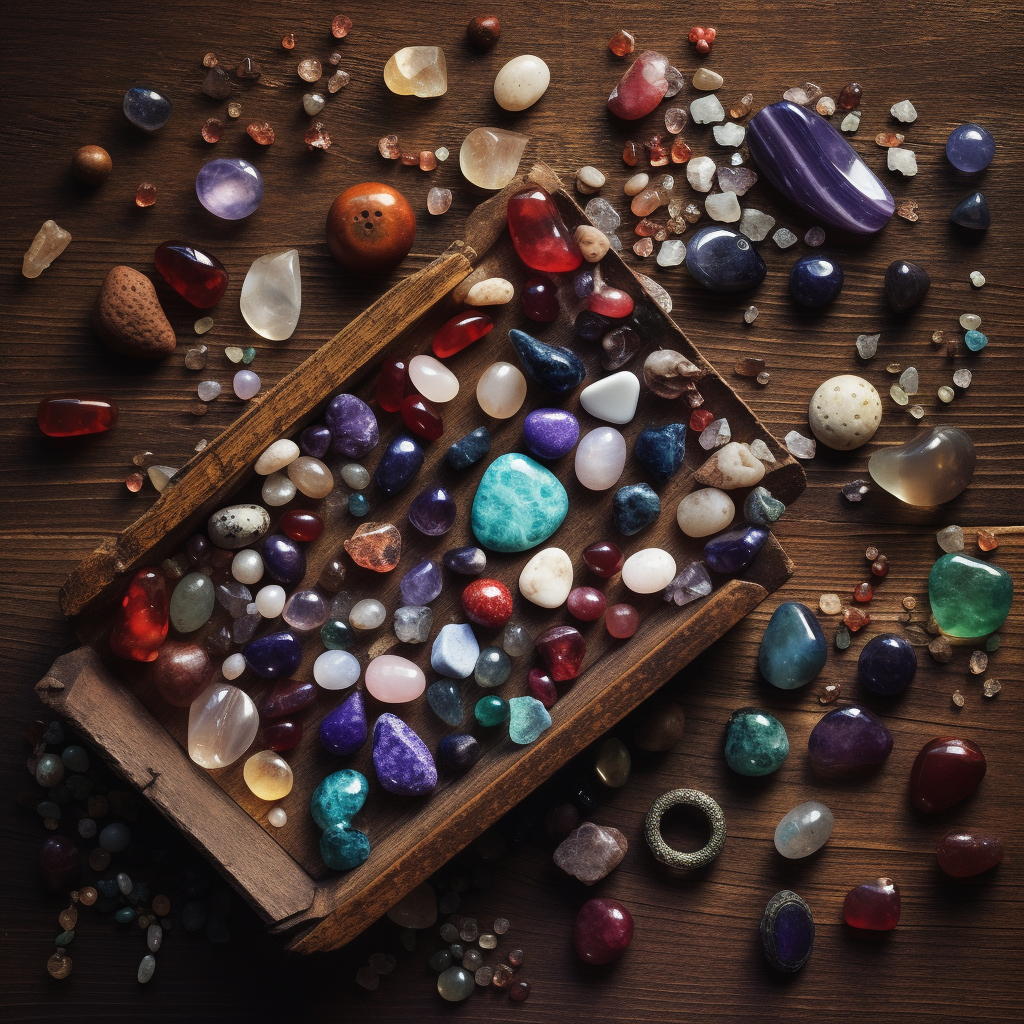
Delving into the world of traditional birthstones, you’ll discover various gems associated with February, including Hyacinth, Pearl, Moonstone, and Bloodstone, alongside the well-known Amethyst. Each of these stones holds a unique significance in different cultures and traditions.
Amethyst, the most recognized birthstone of February, has been adored for centuries, from the ancient Greeks and Romans to medieval soldiers. Its stunning violet tones, varying from deep purple to gentle lavender, offer an air of royal sophistication. Additionally, it has been used in myths as a stone of sobriety, protecting its wearer from intoxication.
Hyacinth, or red zircon, is another traditional February birthstone. While it is not as popular as Amethyst, it carries its own charm and significance. Known for its fiery red color, similar to garnet, Hyacinth is typically associated with prosperity and peace of mind.
If you prefer something softer and more delicate, the Pearl could be your ideal alternative February birthstone. Pearls, the gems of the sea, symbolize purity, innocence, and, most interestingly, genuine love, making them a well-loved choice for romantic jewelry.
Next up, you might consider the Moonstone. This unique gem, famous for its mysterious, moon-like sheen, is believed to stimulate clairvoyance, instigate dreams, and even relieve anxiety, offering a sense of serenity and calm to its wearer.
The Bloodstone, on the other hand, is a darkly beautiful stone. It’s an opaque green variety of Jasper, speckled with vivid spots of red. Known for its profound connection to courage and strength, this unique birthstone can surely add a captivating touch to your jewelry collection.
These are just a few alternatives that testify to the richness of traditions and cultural variations in birthstones. Your birthstone does not have to be confined to the popular Amethyst. After all, the beauty of birthstones lies in their diversity and their meanings, don’t you think?
Diving Deeper: Unique Properties of Traditional February Birthstones
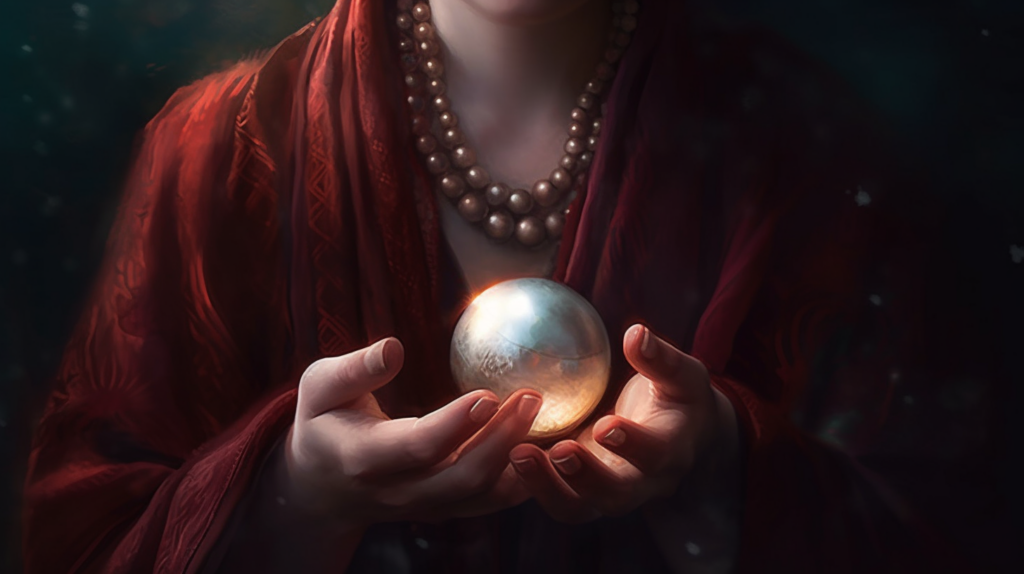
With the array of alternative February birthstones, you might wonder why I should choose one over the other. What unique properties do these gemstones hold? Well, let’s take a closer look at each of these precious stones.
Amethyst, the most popular February birthstone, is a variety of quartz, ranging from a light, almost transparent purple to a darker, more royal shade. This vivid purple stone symbolized sobriety and clarity to the ancient Greeks and Romans, hence the name derived from the Greek word ‘amethystos’, meaning not intoxicated. Over time, Amethyst has also come to represent peace, balance, and sincerity. It’s no wonder powerful leaders and royal figures throughout history wear this gemstone.
Hyacinth, another traditional February birthstone, is also known as red or yellow zircon. It is treasured for its radiant and fiery appearance, reminiscent of the flaming warmth of a winter fireplace. Historically, Hyacinth has been linked to prosperity, wealth, and peace of mind. Interestingly, this gem is also believed to aid in sleep and ward off evil spirits.
Though not produced by geological processes, Pearls hold a special place in the realm of gemstones. Their birth from the depths of the sea embodies purity, innocence, and a sense of profound wisdom. Not to mention their timeless elegance, making them a classic choice for a piece of jewelry.
Let’s not forget about the Moonstone, a feldspar mineral with an ethereal glow that changes with the angle of light. This stone is said to bring good fortune, enhance intuition, and even promote inspiration. It is also used as a talisman for calming and balancing one’s emotions.
Lastly, the Bloodstone, with its deep green body speckled with red dots, symbolizes strength and courage. In ancient times, warriors used to wear it as an amulet for protection. It’s the perfect choice if you’re looking for a gemstone that not only catches the eye but also carries a heroic legacy.
Star-Linked Stones: Zodiac Significance of February Birthstones
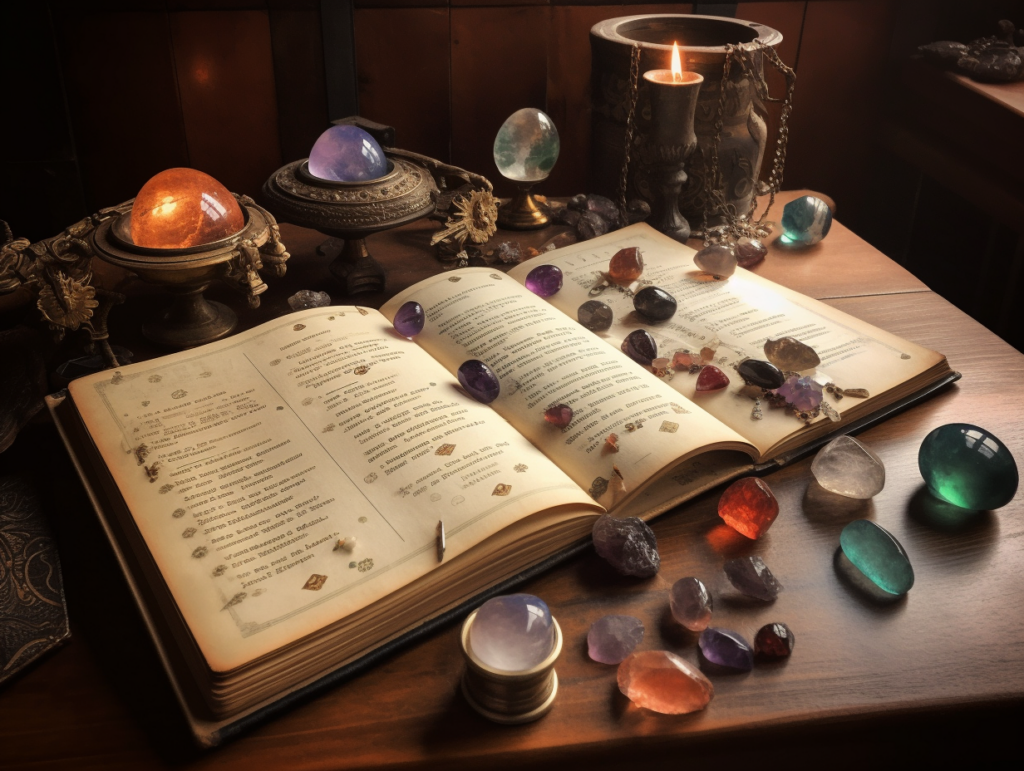
Did you know that birthstones can also be connected to your zodiac sign? Indeed, the world of astrology lends another layer of significance to birthstones. The zodiac signs Aquarius, and Pisces split the month for February birth babies.
Amethyst, apart from being the traditional and modern birthstone of February, is also associated with the sign of Aquarius (January 20 – February 18), believed to sustain the Aquarian traits of independence, creativity, and intelligence. In contrast, for Pisces (February 19 – March 20), the Amethyst provides calmness and clarity.
If your birthdate falls under Aquarius, an alternative birthstone is the deep red Garnet, a light and guidance gem fitting for the innovative and forward-thinking Aquarius. Prefer something more linked to Pisces? Then you might be drawn to Aquamarine, a serene, sea-blue gem that resonates well with the water sign Pisces, known for its empathy, compassion, and serene nature.
Isn’t it fascinating how the cosmos and earth unite in these gemstones, tying together the day you were born, the stars above and the earth below? Just imagine what these alternative birthstones could say about you beyond your birth month!
Across the Globe: International Perspectives on February Birthstones
As we journey around the globe, it’s fascinating to observe how different cultures and customs influence the choice of birthstones. While Western tradition primarily identifies Amethyst as the February birthstone, other countries and cultures hold different perspectives.
For instance, in the United Kingdom, the National Association of Goldsmiths deviated from the norm by introducing an alternative list of birthstones in 1937. Their list for February includes Garnet, a deep-red gem known for its energizing and regenerative qualities, and Aquamarine, a calming sea-blue gemstone associated with courage and clear communication.
Jump to the Orient, and you’ll see a different story. In the Chinese zodiac, February is usually the month of the Tiger, and its associated gemstone is the vibrant green Jade. A symbol of purity and tranquility, Jade is believed to protect the wearers and bring them harmony and balance.
These variations remind us that birthstones, much like everything else in our diverse world, are enriched by cultural interpretations. And isn’t it liberating to know that the world of birthstones is so full of options, just waiting for you to explore and choose from?
All about Choices: Selecting Alternative Birthstones
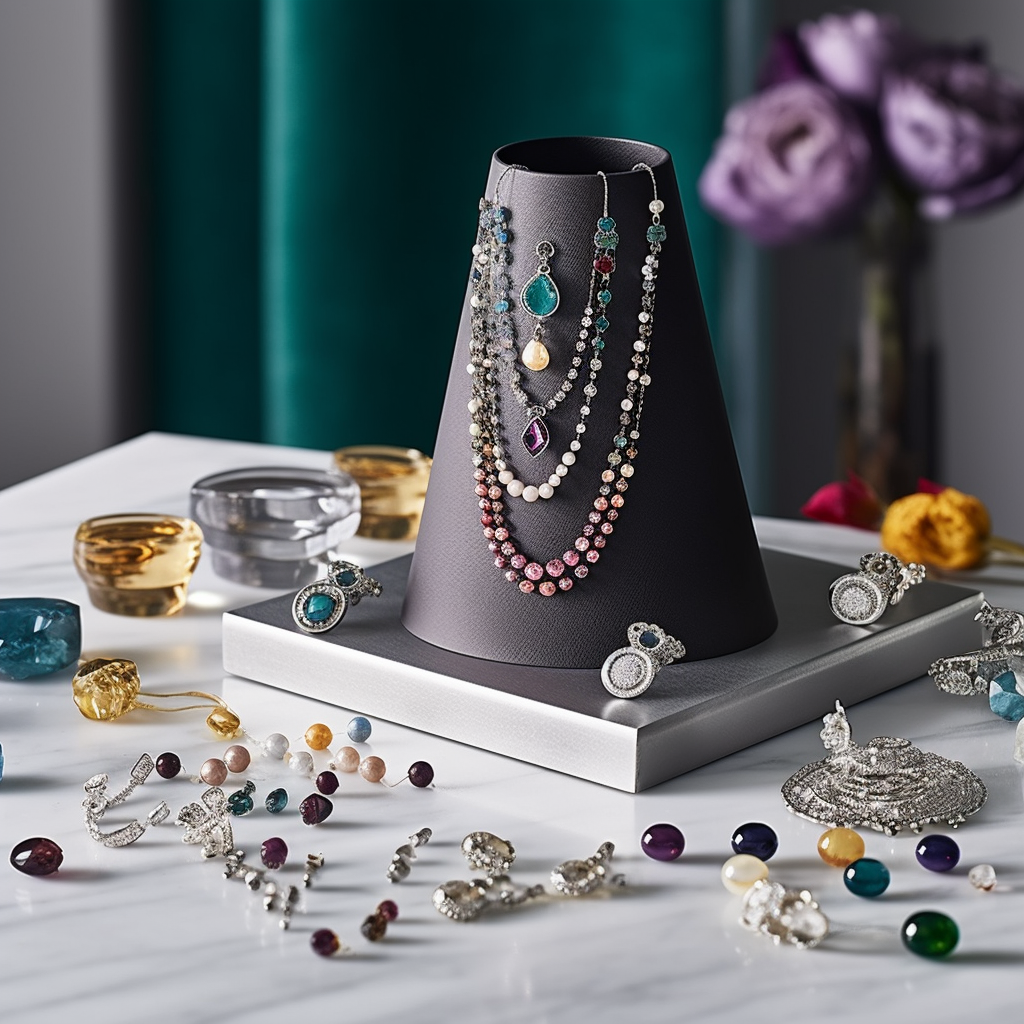
So, how do you go about choosing an alternative birthstone? While the traditional and modern lists offer a starting point, birthstones can be a very personal choice influenced by various factors. Some might be drawn to a stone due to its color, others for its symbolic meaning, and others may choose based on their zodiac alignment.
For instance, if you are an Aquarian born in February, you might feel more connected to a Garnet or Aquamarine, tying it back to your zodiac sign. If you love the sea, the tranquil Aquamarine or a classic Pearl might resonate with you. Or you may gravitate towards a certain gem for its aesthetic appeal or affordability.
And let’s not forget that there are many accessible alternatives if traditional birthstones seem out of reach due to their cost. Substitutes like Moissanite or Cubic Zirconia offer the glamour and sparkle of a diamond without the hefty price tag. It’s all about finding a gemstone that speaks to you, irrespective of its traditional or modern classification.
Remember, the world of birthstones is not rigid but rather a sprawling landscape filled with beautiful gems waiting to be discovered. It’s time to embark on your personal journey to find that special gemstone that truly reflects who you are. After all, isn’t customization the ultimate luxury?
Birthstones through Time: Traditional vs. Modern February Birthstones
Drawing lines between traditional and modern birthstones can often be a complex task. This is primarily due to the evolution of birthstone lists over time, influenced by a combination of historical, cultural, and commercial factors.
Historically, the traditional birthstones for February extend beyond Amethyst to include gems like Hyacinth and Pearl. This variation can be attributed to different cultural interpretations and ancient folklore.
On the other hand, the modern birthstone list, established in 1912 by the National Association of Jewelers in the USA, is more simplified. For February, the modern list includes only Amethyst. This shift was largely a commercial move aimed at simplifying birthstone lists for easier marketing and selling.
Despite the differences, exploring both traditional and modern birthstones for February reveals a treasure of choices – each unique, each with a story to tell, and each reflecting a little piece of you. Whether you’re aligned with tradition or modern conventions, there’s a gem out there waiting for you. What’s important is what the birthstone means to you, don’t you agree?
Spotlight on Jewelry: Trends and Designs with Alternative February Birthstones
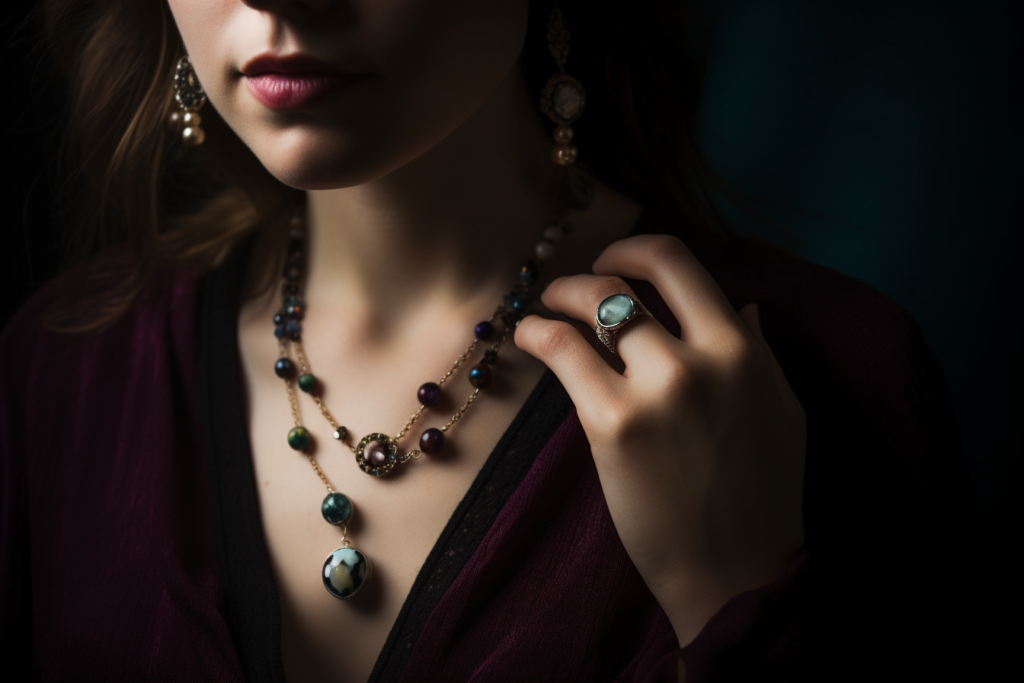
As you explore the alternative birthstones for February, you might wonder how to wear these gems. After all, a gemstone’s true beauty is often unveiled in how it’s expressed, particularly in jewelry.
Today, there’s a growing trend toward personalization in jewelry. People increasingly opt for unique designs that showcase their individuality, making alternative birthstones popular. With their distinct colors and meanings, these gems can truly personalize your style.
You could consider a moonstone pendant for its tranquility or a hyacinth bracelet to bring a vintage touch. Perhaps a bloodstone ring for its bold allure or a pearl necklace for a timeless classic. The possibilities are endless!
When choosing and wearing your birthstone jewelry, consider styles that resonate with you and reflect your personality. You might love a minimalist design, bold statement piece, vintage style, or modern twist.
So, there you have it – your guide to diving into the spectrum of alternative birthstones for February. The choices are plentiful, from the royal violet Amethyst to the tranquil Moonstone, the fiery Hyacinth, and the bold Bloodstone and beyond.
Your birthstone is more than just a pretty gem associated with your birth month. It symbolizes your individuality, a connection to your zodiac sign, and a reflection of diverse cultural histories. So why not make it truly ‘yours’ by exploring alternative birthstones?
Whether you’re seeking a stone for its aesthetics, affordability, or unique symbolism, remember that the world of birthstones is yours to explore and embrace. After all, who says you have to stick to the norm when it comes to celebrating the month of your birth? So spread your wings and discover alternative February birthstones’ charm, allure, and magic. After all, isn’t life too short for anything less than extraordinary?
Frequently Asked Questions (FAQs)
What is the traditional birthstone for February?
The traditional birthstone for February is Amethyst. However, alternative birthstones for this month also include Hyacinth, Pearl, Moonstone, and Bloodstone according to various cultural and traditional interpretations.
What are the unique properties of the February birthstones?
Each February birthstone has its unique properties. Amethyst is known for peace, balance, and sincerity. Hyacinth is associated with prosperity and peace of mind. Pearls symbolize purity, innocence, and love. Moonstones are believed to bring good fortune, inspire, and calm emotions. Lastly, Bloodstones symbolize strength and courage.
How are birthstones related to Zodiac signs?
Birthstones are often connected with zodiac signs. For February, Amethyst is associated with Aquarius and Aquamarine with Pisces. This connection adds another layer of meaning to your birthstone choice.
Does the choice of birthstones vary internationally?
Yes! Different cultures and countries have their interpretations and choices of birthstones. For instance, Garnet and Aquamarine are considered February birthstones in the UK. In Chinese culture, the month of the Tiger (often falling in February) is associated with Jade.
How can I incorporate alternative birthstones into my style?
There are endless possibilities for incorporating alternative birthstones into your style. You can consider birthstone jewelry, such as pendants, bracelets, or rings. The key is to consider styles that resonate with your personality and preferences.


